Reza Bagherian Azhiri
Real-Time EMG Signal Classification via Recurrent Neural Networks
Sep 13, 2021
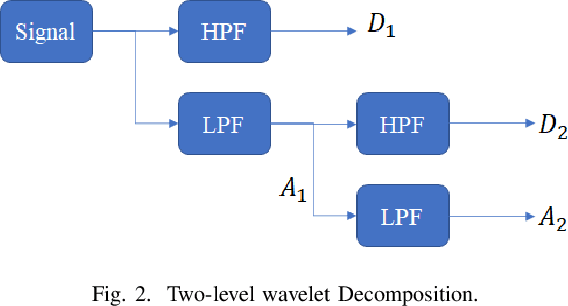
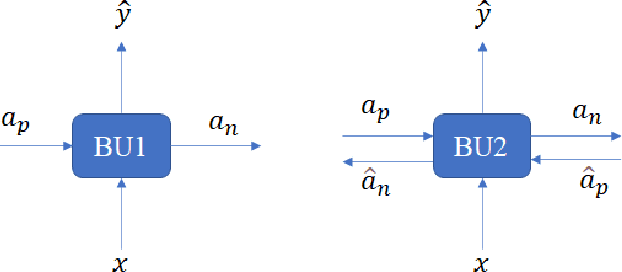
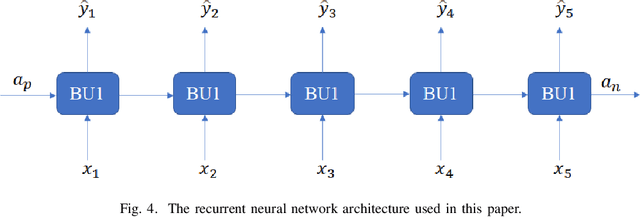
Abstract:Real-time classification of Electromyography signals is the most challenging part of controlling a prosthetic hand. Achieving a high classification accuracy of EMG signals in a short delay time is still challenging. Recurrent neural networks (RNNs) are artificial neural network architectures that are appropriate for sequential data such as EMG. In this paper, after extracting features from a hybrid time-frequency domain (discrete Wavelet transform), we utilize a set of recurrent neural network-based architectures to increase the classification accuracy and reduce the prediction delay time. The performances of these architectures are compared and in general outperform other state-of-the-art methods by achieving 96% classification accuracy in 600 msec.
EMG-Based Feature Extraction and Classification for Prosthetic Hand Control
Jul 01, 2021
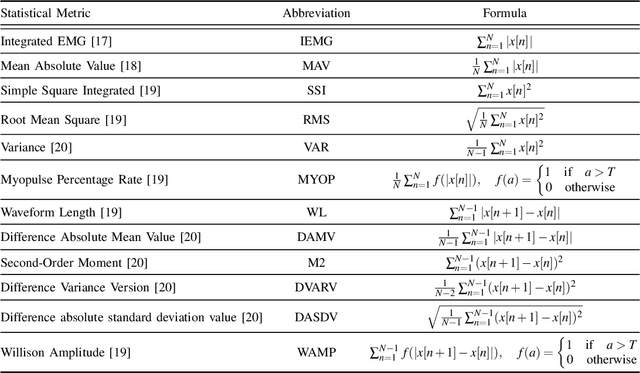


Abstract:In recent years, real-time control of prosthetic hands has gained a great deal of attention. In particular, real-time analysis of Electromyography (EMG) signals has several challenges to achieve an acceptable accuracy and execution delay. In this paper, we address some of these challenges by improving the accuracy in a shorter signal length. We first introduce a set of new feature extraction functions applying on each level of wavelet decomposition. Then, we propose a postprocessing approach to process the neural network outputs. The experimental results illustrate that the proposed method enhances the accuracy of real-time classification of EMG signals up to $95.5\%$ for $800$ msec signal length. The proposed postprocessing method achieves higher consistency compared with conventional majority voting and Bayesian fusion methods.
EMG Signal Classification Using Reflection Coefficients and Extreme Value Machine
Jun 19, 2021

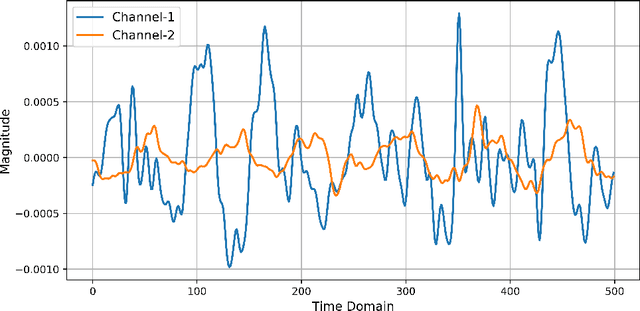
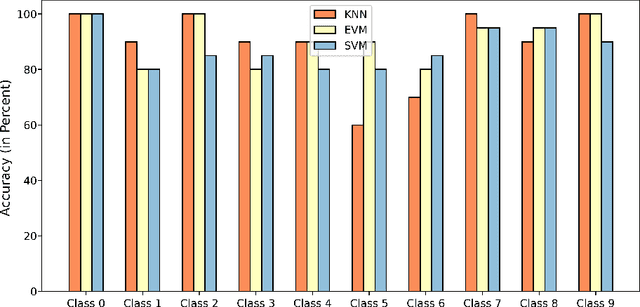
Abstract:Electromyography is a promising approach to the gesture recognition of humans if an efficient classifier with high accuracy is available. In this paper, we propose to utilize Extreme Value Machine (EVM) as a high-performance algorithm for the classification of EMG signals. We employ reflection coefficients obtained from an Autoregressive (AR) model to train a set of classifiers. Our experimental results indicate that EVM has better accuracy in comparison to the conventional classifiers approved in the literature based on K-Nearest Neighbors (KNN) and Support Vector Machine (SVM).
 Add to Chrome
Add to Chrome Add to Firefox
Add to Firefox Add to Edge
Add to Edge